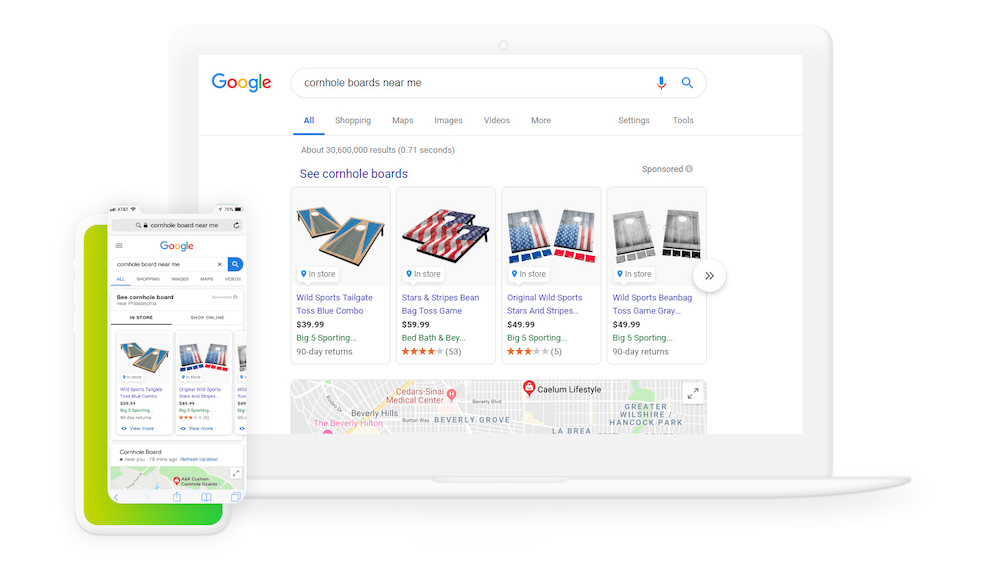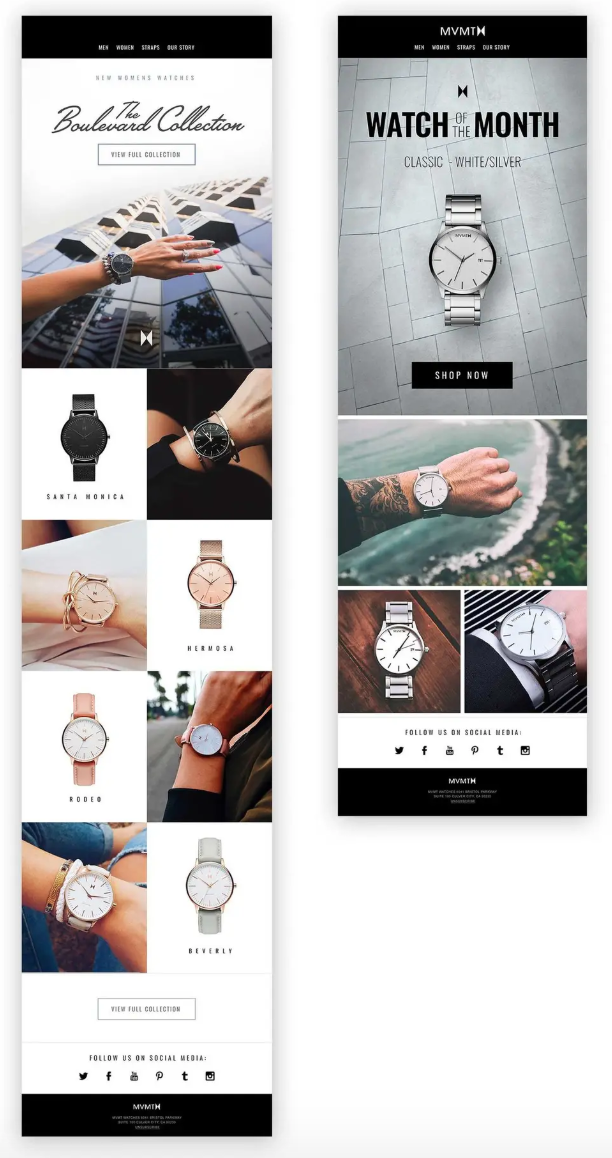
How to Stay Ahead of the Ever-Changing Digital Marketing Industry
Today’s post is a contribution from a guest author, Tara Johnson, Lead Content Strategist at Tinuiti
As a modern marketer, you have access to data and technology that can help you reach your ideal customers, no matter where they are in the world.
But technology advances fast — very fast. We’ve hit a point where change is constant. New tools and digital marketing channels get introduced every week, and it’s difficult to keep up with them all. Over 7,040 marketing technologies existed as of April 2019, and there are even more by now.
This state of constant change can be a problem for retail marketers who rely on digital efforts to stay competitive — which is to say, most of us. We have to invest enough time and effort into the right technology stack and channels to convert shoppers, while staying agile enough to adopt new trends.
Fortunately, there are things you can do both as an individual and as an organization to stay ahead of the curve. Here’s what you need to know.
1) Don’t spread yourself too thin
One common trap retail marketers fall into is attempting too many tools or channels at once. Their tech stack is a nightmare collection of tools whose capabilities either have big gaps or overlap with other tools. When it’s time to replace them, they have to go through the effort of finding a new solution that plays well with the others in their collection.
There are also brands that exist on over half a dozen social media channels yet post identical content to each one. Effectively reaching shoppers (whether it’s on a marketplace, Facebook, email or anywhere else) requires a unique, yet coordinated approach for each channel.
To avoid this challenge, try focusing on a small number of key technologies and channels. Prioritize those that have a significant impact on the business and are most likely to give you tangible success. This approach makes it easier to detect reduced performance and to make changes as needed.
2) Find the right partner
Next, it’s important to partner with experts, whether it be an agency or a technology provider. Seek out the best in the business to offer strategic advice and guide you through the platforms most beneficial to your bottom line.
To succeed in today’s competitive retail environment, you need both a well thought-out marketing strategy and the right team and technology to execute on that strategy. Having a dedicated and experienced team — either in house or supplemented by the right agency — along with a strategic technology partner can make all the difference to achieving that goal.
Just consider the following brands that have benefited from partnering with experts in a variety of channels:
Big 5 increased store visit revenue from non-brand search 231% year-over-year thanks to expert audience segmentation in Google Ads.

Meanwhile, MVMT doubled its email revenue with innovative content and a full-service email strategy.

3) Prepare your organization for change
Just because you recognize the need for rapid change, doesn’t mean that the rest of your company will. IT and procurement will shut you down if you can’t prove your need to their satisfaction, and so will your direct superiors.
Change management can be difficult and slow, which is why you should start right away, even before the need actually arises. Learn your internal process for getting software purchases approved and who the likely contact points are in your organization.
Once you figure out what the process is and who is involved, it’s time to approach those influential people and convince them you’re worth the effort.
4) Make data your best friend
In order to get buy in for any type of change, you will likely have to show metrics that illustrate how any kind of trial marketing efforts have paid off or that highlight the risk of continuing down the same path you’re on.
Having this data handy and knowing how to use it will make it far easier to get buy in for investing in the tools, people or process changes you need to explore new market opportunities.
5) Watch your competitors
Always keep tabs on what your competitors are doing online. What kind of ads are they running on Amazon or Facebook and how often? What does their social media feed look like? How about their YouTube page? How much engagement are they getting on each platform? Just because they’re doing something online, it doesn’t automatically mean that it’s working.
No Matter the Change, Stay Customer-Centric
Technology will change, markets will adapt and best practices will shift, but there is one philosophy that should always drive everything that you do no matter what: Providing value to your customers.
Every technology you adopt, whether it’s an email marketing platform, a marketing attribution tool or anything else, should directly contribute to improving your customer experience. Likewise, you should ruthlessly triage your digital marketing channels based on their relevance to your customers and their ability to drive meaningful, revenue-producing engagement.
Ready to Get Started Leading a Change in Your Organization?
Download Bluecore’s eBook spotlighting the top retail change agents of 2020 to discover how 10 retail marketers from brands like Volcom, Dermstore, Paula’s Choice, GreaterGood and Cabela’s Canada made it happen and to get actionable tips on how you can replicate their success.






